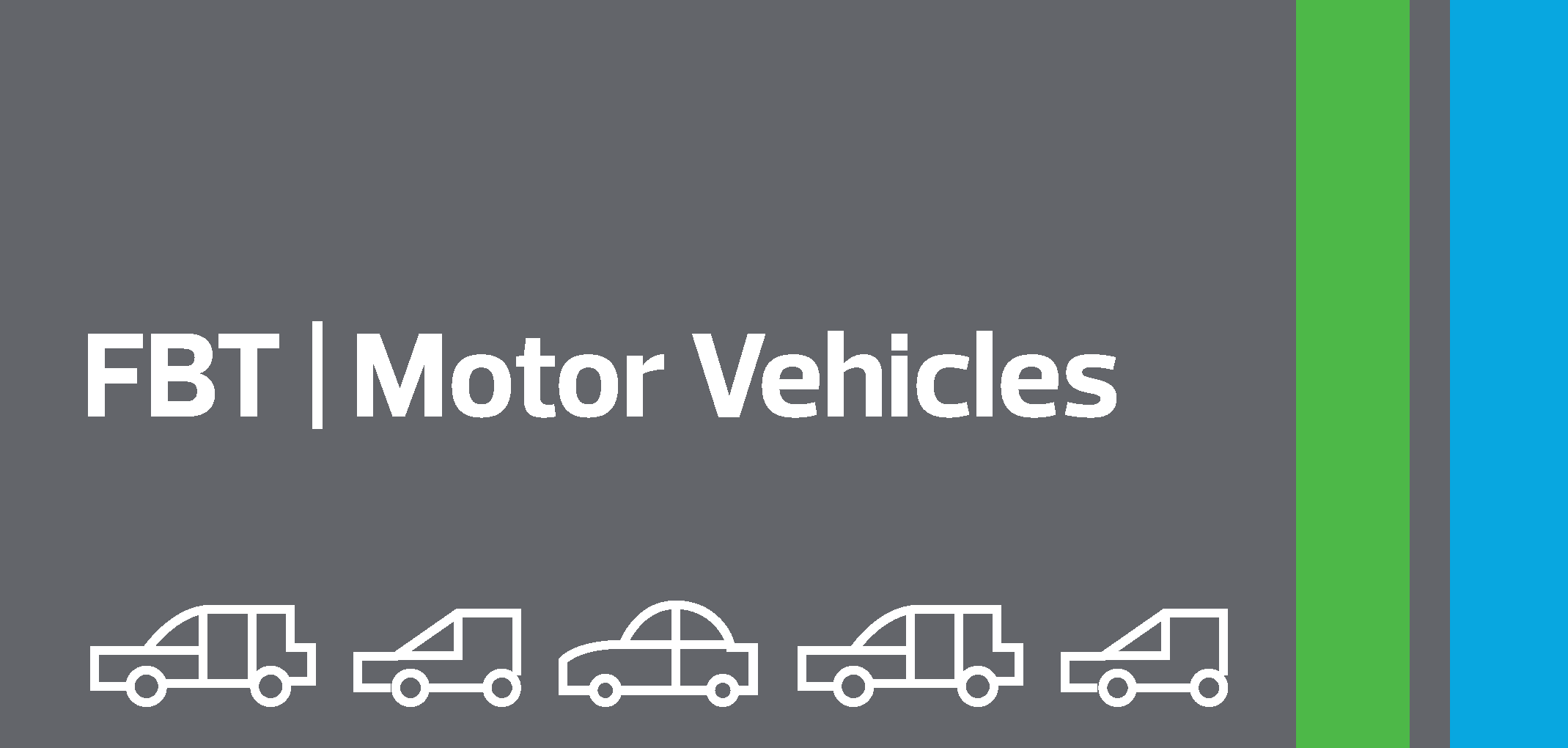
The perks of FBT on motor vehicles for your employees
Fringe benefits are often seeing as additional perks and a way to provide employees with further incentives. In this article we navigate the ins and outs of FBT on motor vehicles.
Although such benefits are not taxed in the hands of employees, employers are liable to pay fringe benefit tax (FBT) on fringe benefits provided to their employees (subject to de-minimis rules and special rules applicable to charities). One of the drawcards is providing an employee with a motor vehicle. If a motor vehicle is also available for the employee’s private use, then this vehicle is also likely to be a big-ticket fringe benefit.
Misconceptions of FBT
There is a common misconception that a motor vehicle needs to be actually used privately for it to be subject to FBT. Another common misconception is that if the vehicle is only used for travel between work and home then this constitutes business related travel and therefore the vehicle is not subject to FBT. Unfortunately, both of these views are incorrect and can cost employers dearly in unpaid FBT, interest and penalties.
As we have seen an increase in the number of FBT reviews and audits being undertaken by Inland Revenue, we thought it was a good time to recap on some basics.
Firstly, an employer is liable for FBT when a motor vehicle is made available for private use. The vehicle does not actually have to be used privately. The mere possibility that it can be used privately is the decisive factor.
Secondly, in the vast majority of cases, travel between an employee’s home and work is private use. So even if an employer is driven by the most genuine business concerns (such as absence of secure car parking facilities) having the employee take the vehicle home each night and using it to return to work the next day still counts as private use. Simply restricting the employee to only use the vehicle to travel between work and home is not sufficient to eliminate FBT liability.
Special rules apply when a vehicle is a work-related vehicle. This is a defined term and all conditions specified in the legislation must be met for a vehicle to be treated as a work-related vehicle. Such a vehicle must not be designed principally to carry passengers, it has to be permanently and prominently sign written with the employer’s business name and logo, and any private use must be restricted to travelling between the place of work and the employee’s home or be private use which is incidental to travel in the course of their employment. In addition, the employer must issue employees with restriction letters and conduct regular checks.
Thirdly, the FBT rules apply if an employer makes a motor vehicle available not only to a current employee but also to an associate of the employee, as well as to previous and future employees and to a shareholder-employee.
Is your FBT documentation up to date?
In addition to the work-related vehicle exemption, there are other exemptions available. However, each case is fact-specific and must be considered carefully in order to ensure correct application of the FBT rules. We have experienced firsthand with our clients the difference a well-documented FBT approach can make in the event of Inland Revenue’s reviews and audits.
With Inland Revenue’s recently released Interpretation Statement IS 17/07 “Fringe Benefit Tax – Motor Vehicles” there is no better time than now to review your FBT policy and procedures to ensure you are not caught unprepared and all the t’s are crossed and the i’s are dotted.
